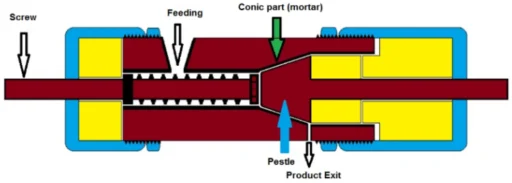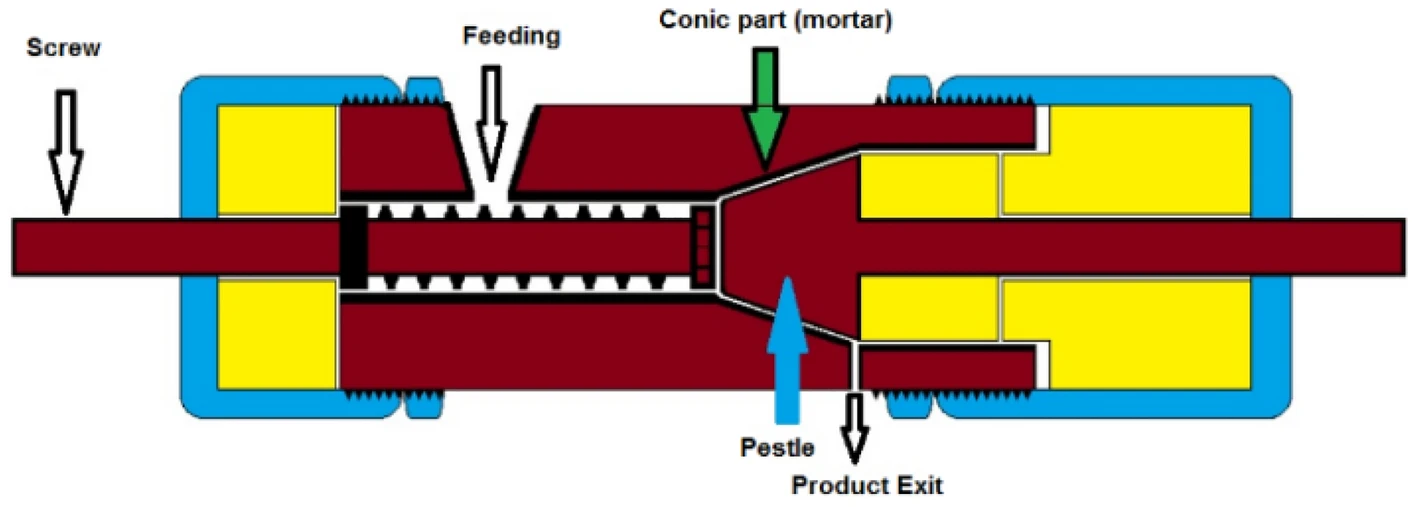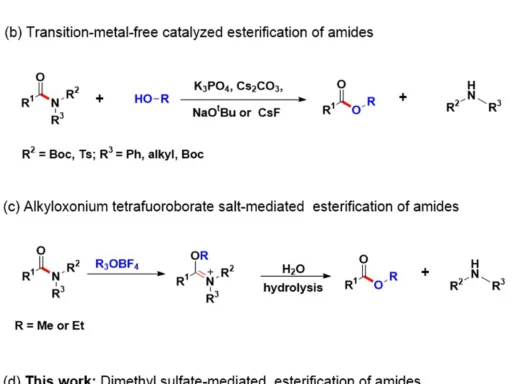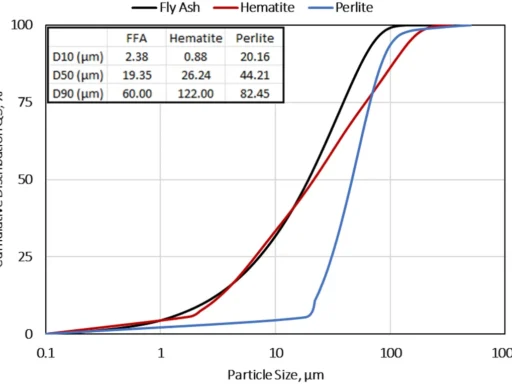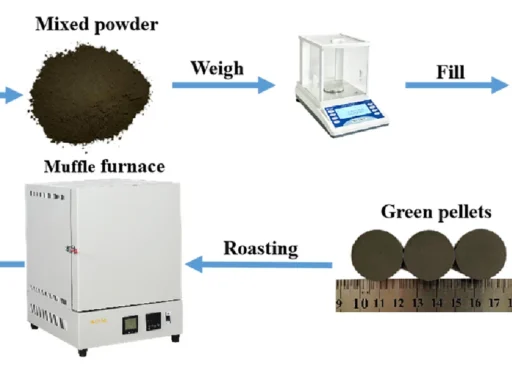Table of Contents
The demand for rapidity, effectiveness, and ecological soundness in organic chemistry is challenging the conventional techniques of batch synthesis. The need for efficient chemical compound manufacturing has led to the emergence of novel methods such as continuous flow synthesis. A significant development in this field is the use of a modified extruder-grinder system, which has the potential for extremely rapid and efficient organic synthesis.
An overview of continuous flow organic synthesis:
Continuous flow Organic synthesis refers to the process of conducting chemical reactions in an uninterrupted flow of reagents, as opposed to conventional batch procedures, where reactions take place in a restricted container. This method has numerous benefits, such as meticulous management of reaction circumstances, decreased reaction durations, and enhanced safety and scalability.

The Importance of Rapid and Effective Synthesis:
Currently, the chemical industry is experiencing an increasing demand for expeditious and effective techniques for synthesizing compounds. Extensive reaction durations, limited scalability, and inefficiencies in managing dangerous compounds often plague traditional methods of synthesizing batches. These issues have spurred the development of continuous-flow systems.
Summary of the Extruder-Grinder System:
The extruder-grinder system is a continuous flow reactor that integrates the processes of mixing, grinding, and extrusion into a single unit. This novel design enables effective heat and mass transport, resulting in accelerated reaction rates and higher product yields compared to conventional reactors.
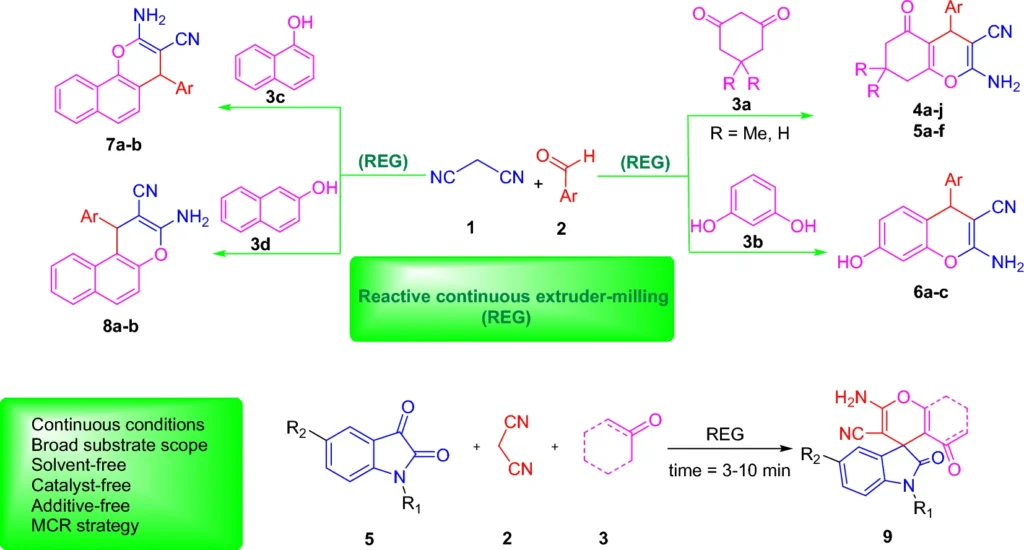
Optimizations for Improved Efficiency:
Scientists have made substantial alterations to the extruder-grinder system to enhance its efficiency in organic synthesis. These innovations include the use of innovative materials, sophisticated blending methods, and the incorporation of in-line analysis instruments for instant reaction monitoring.
Notable characteristics of continuous flow organic synthesis:
Continuous flow organic synthesis possesses the crucial capability to accurately regulate reaction parameters, including temperature, pressure, and residence time. This level of control allows chemists to perform intricate multi-step syntheses with precise selectivity and repeatability.
The benefits of continuous flow organic synthesis:
Continuous flow synthesis provides numerous advantages compared to batch processing, such as increased product yields, enhanced purity, and decreased waste production. By continually introducing reagents into the reactor, it is feasible to attain almost full conversion of initial substances while minimizing the production of undesired by-products.
There are numerous applications in the fields of industry and research:
The implementation of continuous flow organic synthesis has had a significant influence on both industrial manufacturing and academic research. The pharmaceutical industry employs continuous flow systems to optimize the manufacturing process of active pharmaceutical ingredients (APIs) and intermediates, leading to accelerated drug development schedules and reduced expenses. Synthesis of various 4H-chromene in REG in optimized reaction conditions. aIsolated pure product. recrystallization solvents.

Examinations of specific instances and accounts of successes:
The extruder-grinder technology has proven to be highly effective in organic synthesis, as evidenced by several success stories. Researchers have showcased the adaptability and scalability of continuous flow techniques by demonstrating the quick synthesis of complex natural products and medicinal molecules.
Obstacles and Prospects for the Future:
Continuous flow organic synthesis, while advantageous, encounters various hurdles, such as the requirement for specialized equipment, intricate reaction optimization, and compatibility with diverse chemical transformations. We focus future research endeavors on addressing these obstacles and expanding the scope of continuous flow synthesis across various industries.
Comparison of alternative synthesis techniques:
Continuous flow organic synthesis provides clear benefits compared to alternative synthesis methods, such as batch processing and microwave-assisted synthesis. Continuous flow systems offer superior control over reaction parameters and can accommodate a diverse array of chemical transformations, unlike batch reactors. Synthesis of spiroxindole derivatives using REG. aYields refer to isolated pure product bCrystallization Solvents.

We should consider factors related to safety:
Ensuring safety is of the utmost importance in continuous flow organic synthesis, particularly when handling dangerous substances and conducting reactions under high pressure. Thorough training and meticulous risk assessment methods are crucial to guaranteeing the secure functioning of continuous flow systems in laboratory and industrial environments.
Increasing the scale of production:
Expanding continuous flow operations from small-scale to large-scale production has distinct difficulties, such as refining reactor design, creating automated control systems, and addressing economic factors. It is essential to overcome these problems to achieve widespread acceptance of continuous flow synthesis in large-scale chemical manufacturing.
Emerging Research Patterns and Cutting-Edge Innovations:
The focus of contemporary research in continuous flow synthesis is on integrating automation and artificial intelligence (AI) technologies to enhance reaction efficiency and productivity. Researchers are currently developing advanced flow chemistry platforms that will allow for efficient testing of various reaction conditions and quick process optimization.
Education programs and training activities:
Given the growing significance of continuous flow synthesis in contemporary chemistry, it is imperative to establish educational programs aimed at equipping the upcoming generation of chemists with the necessary skills and knowledge of this advanced technology. Chemists entering the sector must possess essential abilities in continuous flow systems and computational tools for reaction modeling, which require hands-on experience.
In conclusion:
To summarize, the improved extruder-grinder system significantly improves ultrafast and efficient continuous-flow organic synthesis. By utilizing continuous flow systems, chemists can expedite the process of discovery and invention in organic chemistry. This approach also helps reduce the environmental footprint and resource usage.
Frequently Asked Questions:
1). What are the differences between continuous flow synthesis and classic batch methods?
Continuous flow synthesis provides expedited response times, increased yields, and enhanced scalability compared to batch approaches.
2). What are the safety considerations when using continuous flow systems?
Safety standards should include the management of hazardous substances, high-pressure reactions, and appropriate equipment upkeep.
3). What are the primary advantages of using the extruder-grinder system in organic synthesis?
The extruder-grinder system facilitates the simultaneous process of mixing, grinding, and extrusion in a single unit, resulting in improved reaction rates and product yields.
4). Which industry reaps the greatest benefits from continuous flow synthesis?
Industries such as medicine, specialized chemicals, and materials research greatly profit from the effectiveness and accuracy of continuous flow synthesis.
5). What difficulties arise when attempting to expand continuous flow processes for industrial manufacturing?
The challenges encompass reactor design optimization, automation of control systems, and the economic viability of scaling up.
For more chemistry blogs, visit chemistry Master

